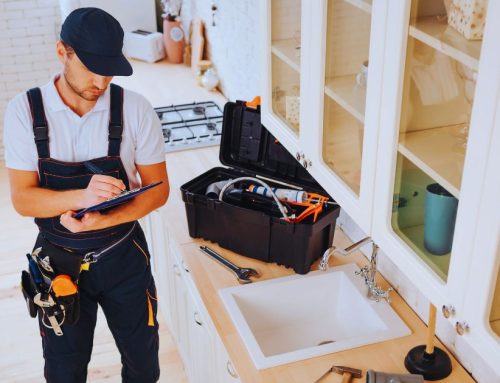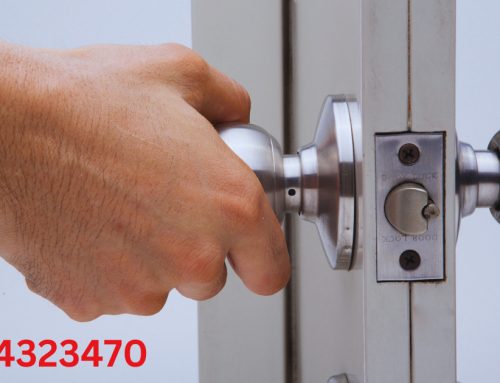Unlocking the Secrets for How Does a Door Lock Work
Have you ever wondered about the intricate mechanisms that keep your home secure by working door locks? Behind every locked door lies a fascinating world of the right mechanisms for providing safety and peace of mind. Let’s delve into how door lock works and unravel the mysteries of its operation properly.
-
Key Components:
A typical door lock comprises several key components:
- Cylinder: The core of the lock where the key is inserted.
- Key Pins: These pins align with the cuts on your key to allow it to turn smoothly.
- Driver Pins: Use the key pins and prevent the lock from turning without the correct key.
- Springs: Push the key pins and driver pins into position.
- Cylinder Plug: Rotates when the correct key is inserted to unlock the door.
-
Pin Tumbler Mechanism:
The most common type of door lock is the pin tumbler lock. Here’s how it works:
- Inserting the Key: When you insert the key into the cylinder, its unique cuts push the key and driver pins to a specific height.
- Alignment: Once the pins align at the shear line (the boundary between the cylinder plug and the outer housing), the cylinder plug can rotate freely.
- Rotation: With the pins in place, the cylinder plug can now rotate, retracting the latch or bolt and allowing you to open the door.
-
Additional Features:
Modern door locks often include additional features for enhanced security and convenience:
- Deadbolts: The strongest layer of protection to extend a solid metal bolt into the door frame.
- Smart Locks: Operate via electronic means, such as keypads, fingerprint scanners, and smartphone apps for offering keyless entry and remote access.
- High-Security Locks: Advanced mechanisms and materials to resist picking, drilling, and other tampering techniques for door locks.
-
Maintenance and Security Tips:
To ensure your door lock functions smoothly and securely to follow these tips:
- Regular Maintenance: Lubricate the lock mechanism regularly to prevent friction and wear in the future.
- Upgrade as Needed: Replace old and damaged locks by hiring a locksmith for modern and high-security options for better protection.
- Key Management: Keep track of your keys. And consider rekeying the lock if you lose a key and move into a new property.
- Professional Assistance: Consult a locksmith for installation, repairs, and security, for assessments to optimize your door’s protection.
In conclusion
a door lock is a complex device to safeguard your property and loved ones. Understanding how door lock works empowers you to make informed decisions about security measures for your home and business. So any time you unlock your door, appreciate the intricate mechanism of the door lock silently working to keep you safe.






